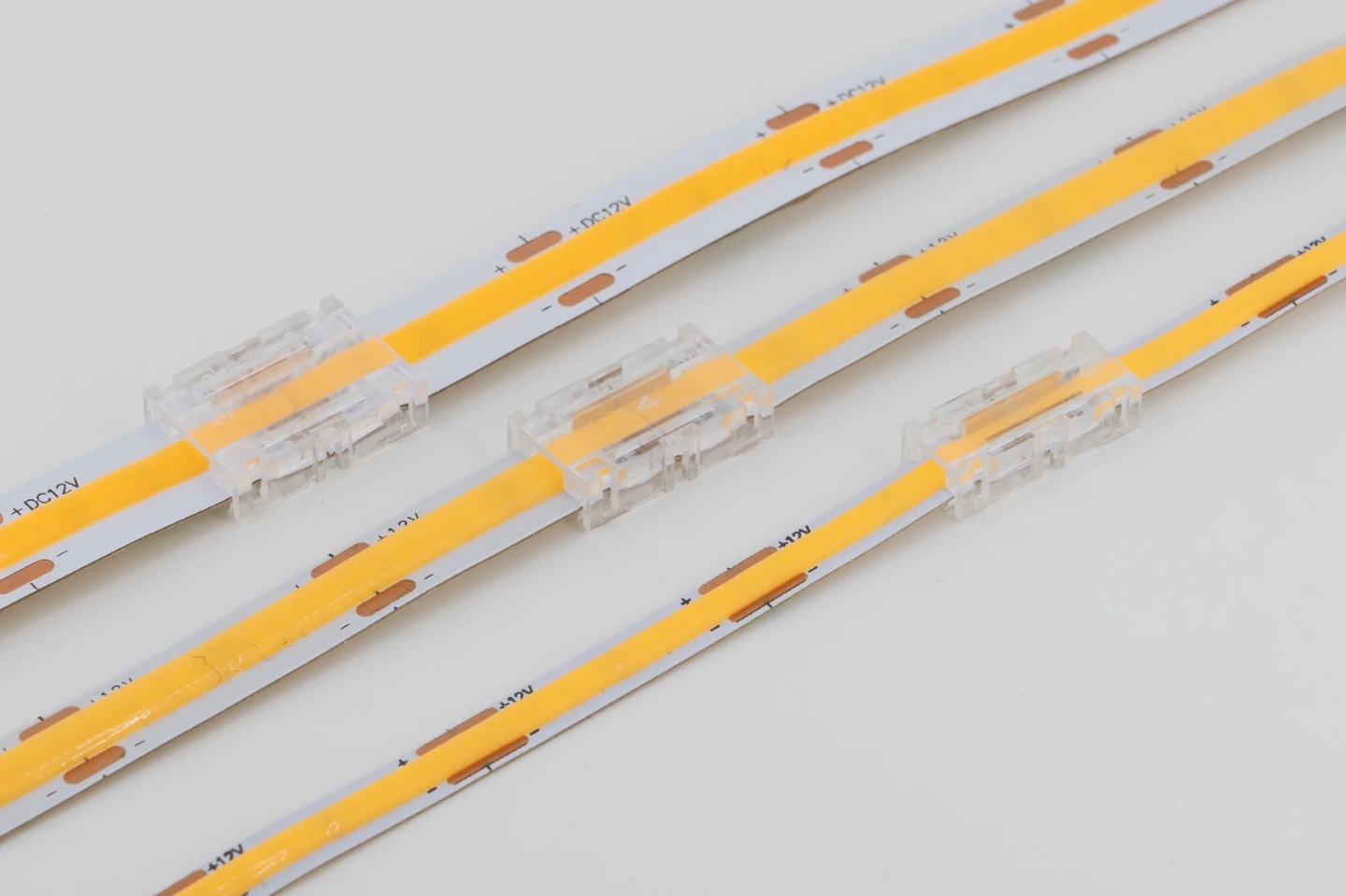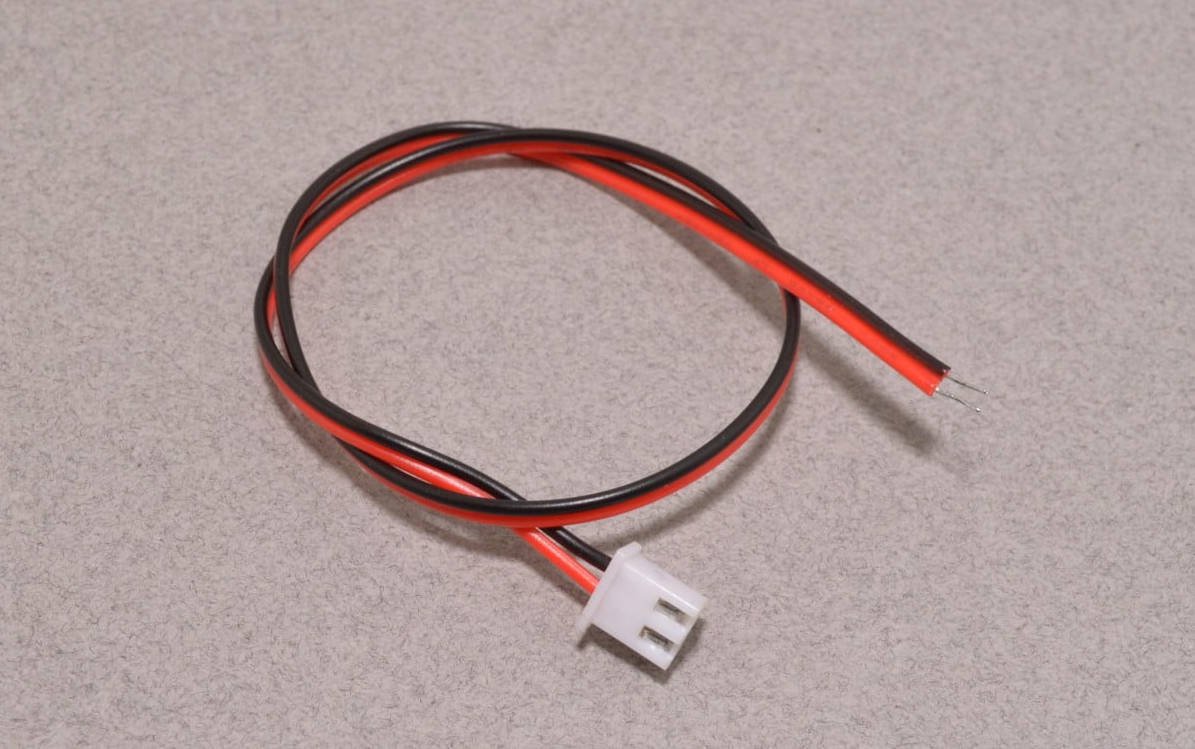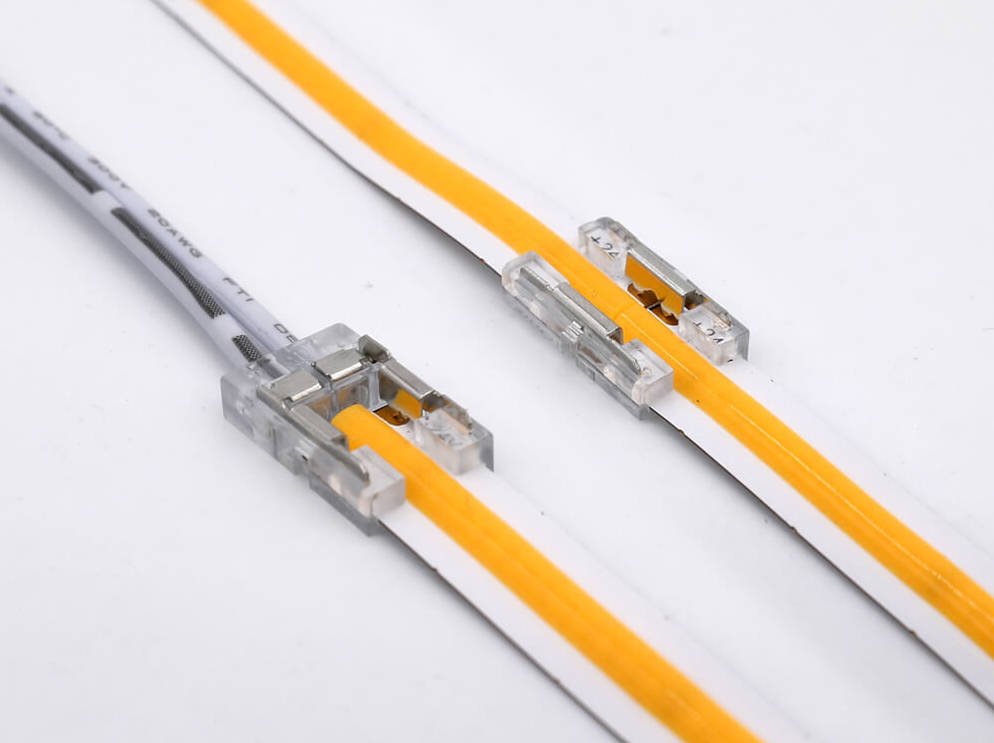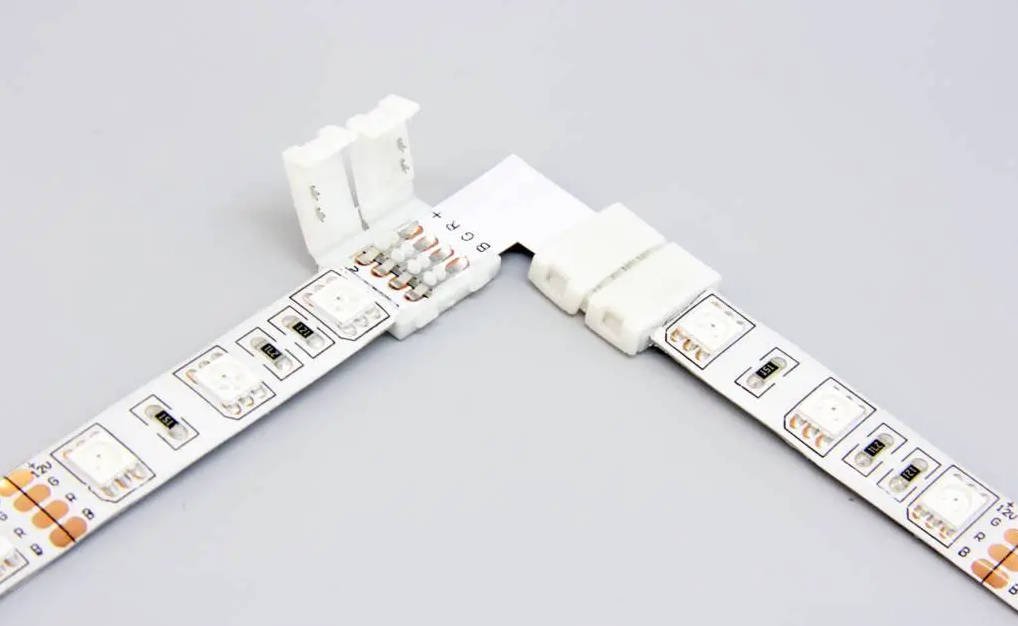
When it comes to LED lighting, choosing the right connectors can make all the difference in performance and reliability. High-CRI and tunable white LED strips are becoming increasingly popular for their ability to provide superior color rendering and dynamic lighting options. However, selecting the appropriate LED strip connectors is crucial for ensuring optimal functionality and longevity.
In this article, I will guide you through the necessary considerations and choices you need to make when selecting LED strip connectors for high-CRI or tunable white LED strips.
Table of Contents
- Understanding High-CRI and Tunable White LED Strips
- Key Factors to Consider When Selecting LED Strip Connectors
- Types of LED Strip Connectors
- Finding the Right LED Strip Connectors Supplier
- Tips for Purchasing LED Strip Connectors Wholesale
- Installation Considerations
- Troubleshooting Common Issues with LED Strip Connectors
- Maintaining Your LED Strip Connectors
- Conclusion
Understanding High-CRI and Tunable White LED Strips
High Color Rendering Index (High-CRI) LED strips are specially designed to emit light that closely resembles natural sunlight. This is crucial for applications where color accuracy is essential, such as in art galleries, retail environments, and photography studios. A high CRI value, typically above 90, ensures that colors appear vibrant and true to life. This makes High-CRI LED strips a preferred choice for professionals who require precise color representation.
Tunable white LED strips, on the other hand, offer versatility by allowing users to adjust the color temperature of the light output. This means that you can switch between warm light (ideal for creating a cozy atmosphere) and cool light (better for task-oriented environments). The ability to customize the lighting conditions makes tunable white LED strips suitable for various applications, including residential, commercial, and even theatrical lighting. By providing this flexibility, tunable LED strips enhance the user experience and adapt to different settings and moods.
Key Factors to Consider When Selecting LED Strip Connectors
Choosing the right connectors for your LED strips requires careful consideration of several factors. Here are the key aspects to keep in mind:
- Compatibility: Ensure that the connectors you select are compatible with your specific type of LED strips, especially if you are using High-CRI or tunable white options. Check the connector type and pin configuration to avoid any mismatches.
- Electrical Specifications: Understand the voltage and current ratings needed for your LED strips. Using connectors that cannot handle the required specifications may lead to overheating, malfunction, or even damage to the LED strips.
- Quality and Reliability: Opt for connectors from reputable manufacturers or suppliers. High-quality connectors are essential for ensuring a stable connection and preventing issues such as flickering or intermittent lighting.
- Environmental Considerations: If your application involves exposure to moisture, dirt, or extreme temperatures, prioritize connectors that are waterproof or heat-resistant. These features help protect your connections and ensure consistent performance in challenging environments.
Types of LED Strip Connectors
There are several types of LED strip connectors available, each designed to meet different needs and applications. Here’s a closer look at some common types:
- Standard Connectors: These connectors are the most commonly used and are suitable for many general applications. They are often easy to install and compatible with a variety of LED strips.
- Solderless Connectors: For those looking for a quick and reliable solution, solderless connectors can be a great choice. They allow for easy installation without the need for soldering, making them user-friendly.
- Custom LED Strip Connectors: If your project has unique requirements, consider custom connectors. These can be tailored to fit specific applications and ensure optimal performance with your LED strips.
- Extension Connectors: If you need to extend the length of your LED strips, extension connectors are ideal. They maintain a secure connection while allowing for greater flexibility in your setup.
When working with high-CRI or tunable white LED strips, it’s crucial to select connectors that can handle the specific electrical loads and performance requirements associated with these advanced lighting solutions.
Finding the Right LED Strip Connectors Supplier
Choosing a reputable LED strip connectors factory is critical for ensuring you receive quality products. Here are some tips for evaluating potential suppliers:
- Research: Conduct thorough research to identify LED strip connectors manufacturers with a solid track record. Look for reviews or testimonials from previous customers to gauge their reputation.
- Certifications: Make sure the suppliers provide products certified by recognized organizations such as UL, TUV, or RoHS. Certification indicates compliance with safety and quality standards.
- Customization Options: Consider suppliers that offer custom LED strip connectors. This flexibility can help you achieve specific performance and aesthetic requirements while ensuring the connectors fit perfectly with your LED strips.
- Customer Support: A reliable supplier should offer excellent customer support. This is especially important for resolving any issues that may arise during the purchasing or installation process.
Tips for Purchasing LED Strip Connectors Wholesale
Buying LED strip connectors wholesale can provide significant cost savings, especially for large projects. Here are some benefits and tips for wholesale purchasing:
- Bulk Discounts: Many suppliers offer discounts for bulk purchases, which can significantly reduce your overall costs. Always ask about pricing for larger orders to maximize your savings.
- Negotiation: Don’t hesitate to negotiate pricing and terms with suppliers. A good supplier will be willing to work with you to reach a mutually beneficial agreement.
- Quality Control: Ensure that you have a system in place to check the quality of connectors received. This step is crucial to avoid defects and ensure reliable performance.
- Lead Time: Discuss lead times with your supplier to ensure that you receive your products when needed. Proper planning can help avoid delays in your project timeline.
Installation Considerations
Proper installation of LED strip connectors is crucial for ensuring functionality and safety. Here are some best practices to follow:
- Follow Instructions: Always adhere to the manufacturer’s installation instructions. This will help you avoid mistakes that could result in poor performance or damage to the LED strips.
- Avoid Overloading: Ensure that the connectors can handle the electrical load of your LED strips. Overloading connectors can lead to overheating and failure.
- Check Connections: Before powering on your LED strips, double-check all connections to ensure they are secure and properly aligned.
- Safety First: Take necessary precautions when working with electrical components. Use insulated tools and wear protective gear to prevent accidents.
Troubleshooting Common Issues with LED Strip Connectors
Even with proper installation, you may encounter issues with LED strip connectors. Here’s how to identify and resolve common problems:
- Connectivity Problems: If your LED strips are flickering or not lighting up, check the connections. Ensure that all connectors are securely attached and free of dirt or corrosion.
- Overheating: If connectors are getting excessively hot, it may indicate overloading. Check the electrical specifications and reduce the load if necessary.
- Flickering Lights: Flickering can be caused by poor connections or insufficient power supply. Inspect connectors and ensure that your power source meets the required voltage and current ratings.
Maintaining Your LED Strip Connectors
Regular maintenance of your LED strip connectors is essential for ensuring their longevity and reliability. Here are some maintenance practices to consider:
- Regular Checks: Periodically inspect your connectors for signs of wear or damage. Early detection can help prevent more significant issues down the line.
- Cleaning: Keep connectors clean and free from dust, dirt, and moisture. Use a soft cloth to wipe down connectors and ensure they remain in good condition.
- Protection: If your connectors are exposed to harsh environments, consider using protective covers or enclosures to shield them from damage.
- Long-Term Care: For connectors that are not frequently used, ensure they are stored properly in a cool, dry place to prevent degradation.
Conclusion
In conclusion, selecting the right LED strip connectors for high-CRI and tunable white LED strips is essential for maximizing performance and longevity. By understanding the various factors involved and choosing reputable suppliers, you can ensure that your LED lighting projects are successful and efficient. Remember to prioritize compatibility, electrical specifications, and quality when making your selection, and don’t hesitate to seek out custom solutions if needed. With the right connectors and proper installation, you can enjoy the full benefits of your LED lighting systems.



